Veeam Service Providers Best Practice Site
Design
Disaster Recovery as a Service (DRaaS) is a premium solution that Service Providers can offer to their customers. By offering a remote location where a stand-by environment (typically based on a virtualized platform) can receive the replicas of customers’ servers and power them on when needed, the Service Provider makes DR accessible to anyone. For customers, CAPEX is turned into OPEX as they no longer need to invest in a complete DR site (building, power, cooling etc.) as they can now rent it as service.
The first and foremost choice the Service Provider and the Tenant have to do is to decide if they are going to use a Shared environment or a Dedicated environment. This binary choice will dictate the chosen technical soluton.
Shared or Dedicated
The difference between the two choices can be compared to Housing:
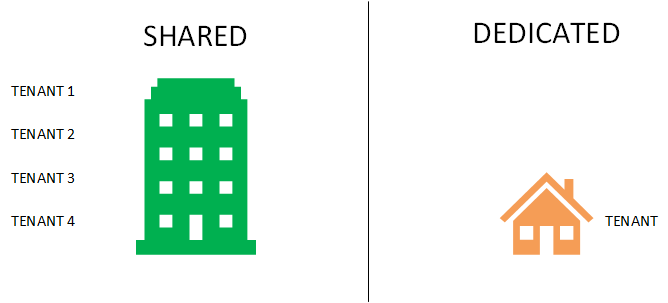
A single house and a condo have the same services: heating, electricity, boxes, entry points. But while the services of the house are dedicated to a single family/tenant, the same services of the condo have to be shared and used at the same time by multiple families/tenants. As a result, the QoS (Quality of Service) of a Dedicated solution is usually higher, but also the price is higher, as the resources have to be allocated for just one tenant, and when not in use, they are laying there unutilized.
The same happens for a DRaaS service. One customer may ask for a dedicated target environment, while another customer will be fine with a shared environment, that still guarantees high level of service but inside the boundaries of a shared platform.
Shared platform: Veeam Cloud Connect Replication
Veeam Cloud Connect Replication (VCC-R) is the solution to offer DRaaS to shared customers, using one of the supported virtualized platforms (VMware vSphere/Cloud Director or Microsoft Hyper-V).Through the use of abstraction technologies like Cloud Hosts, Service Providers using VCC-R can configure Hardware Plans where each parameter of the virtual infrastructure is configured as a quota that the tenant cannot exceed:
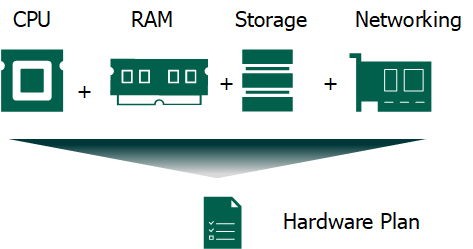
The tenant subscribes to a certain amount of resources and the Cloud Host at the source side will appear as a Virtual environment with the size of the hardware plan:
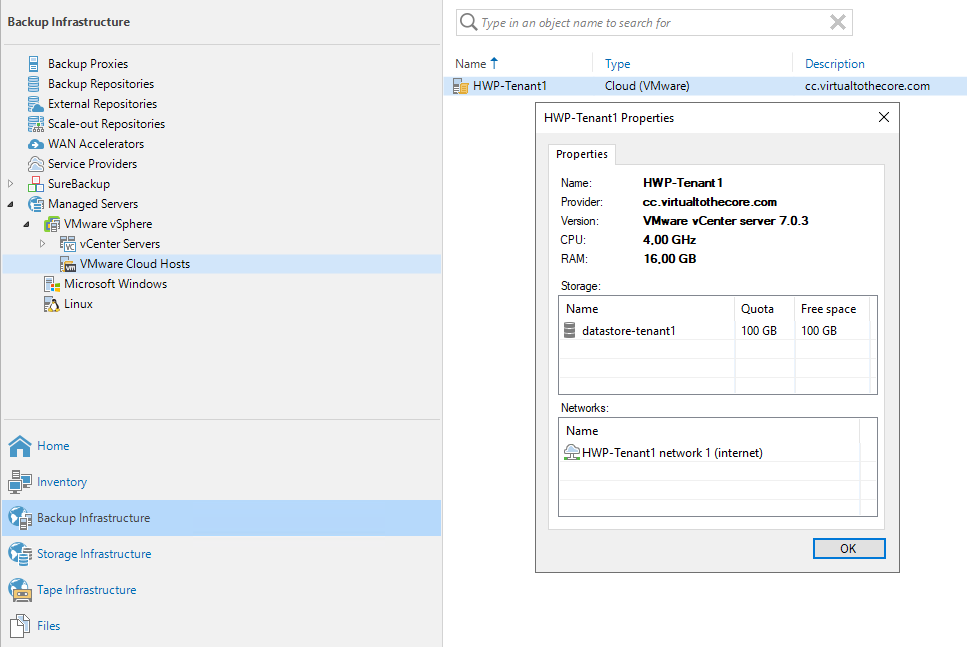
NOTE: when using VMware Cloud Director, the Hardware Plan doesn’t have to be created. Instead, the boundaries defined in the Virtual Datacenter (vDC) assigned to the Organization inside Cloud Director becomes the limits of the Cloud Host exposed to the tenant:
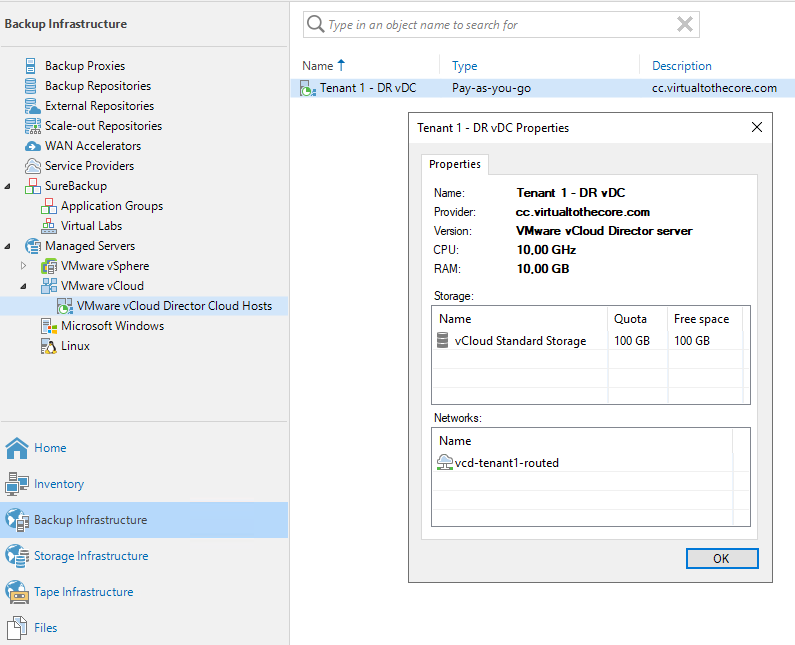
If this is the type of platform the provider has chosen, here there are some useful resources to study and apply:
Dedicated platform: Veeam Disaster Recovery Orchestrator
Veeam Disaster Recovery Orchestrator (Orchestrator) extends the functionality of Veeam Availability Suite to orchestrate disaster recovery (DR) processes in VMware vSphere environments, NetApp and HPE storage systems, to support one-click recovery for critical applications, and to provide rich features for documentation, testing and execution. VDRO leverages the backup, replication, failover and restore capabilities of Veeam Backup & Replication to build DR workflows to automate recovery processes and to eliminate error-prone manual steps. VDRO also provides reporting capabilities that lets enterprises document their DR plans to meet compliance requirements.
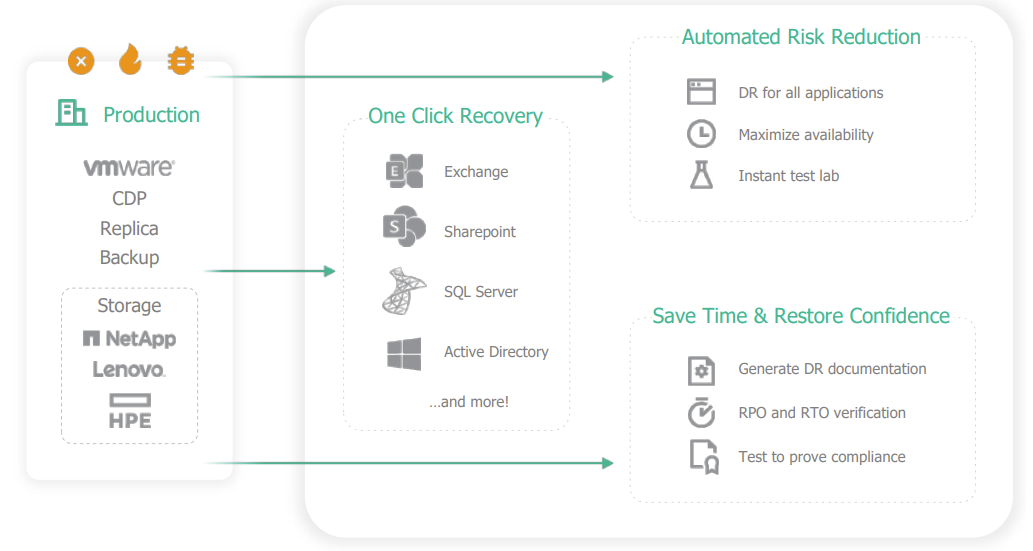
VDRO is the ideal solution for dedicated platforms where tenants not only need replication services, but require additional premium options like application support, storage integration, automated testing and reporting.
If this is the type of platform the provider has chosen, here there are some useful resources to study and apply:
A third option? Dedicated VCC-R
Veeam Cloud Connect has some undisputed advantages in its core architecture, like the use of public Internet connection without VPN requirement and the general ease of use.
If the Service Provider or the Tenant do not need the additional powerful options of VDRO, but they would still like to have a dedicated platform, there is a third way: Dedicated VCC-R.
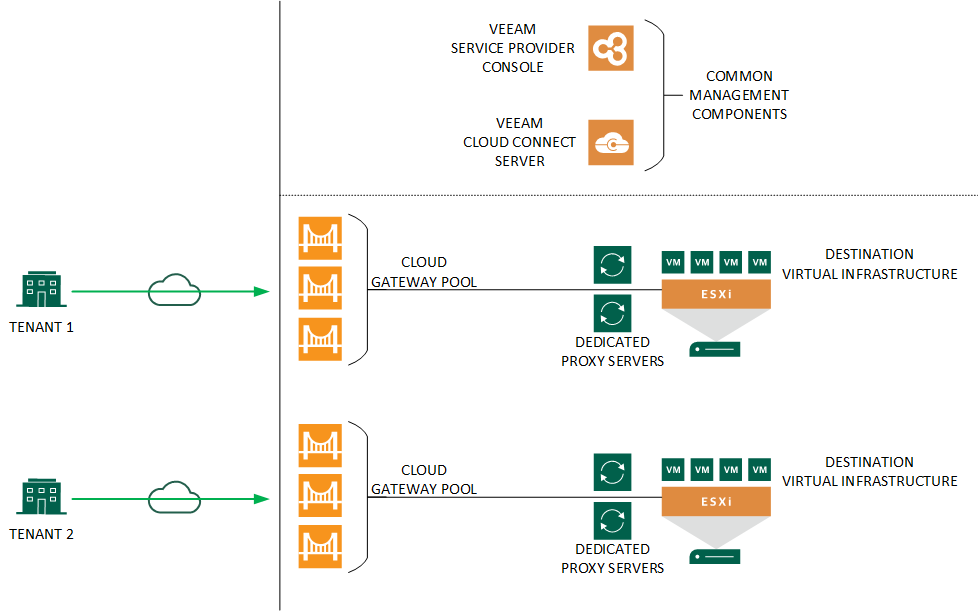
As the overview shows, a Service Provider can leverage the shared components of VCC-R to control the environment, but then deploy dedicated parts for a given Tenant:
- a dedicated Cloud Gateway Pool, so that the traffic coming from the Tenant can be fully managed with this pool and through probably dedicated links;
- a dedicated set of Proxy Servers, receiving only data from the specified Tenant;
- a dedicated Virtual Infrastructure (VMware or Microsoft) so that the Tenant can consume the entire pod without it being shared with other Tenant; also, when the DR plan is executed, the entire power of the infrastructure can be dedicated to power on and execute the VM’s of the Tenant.



